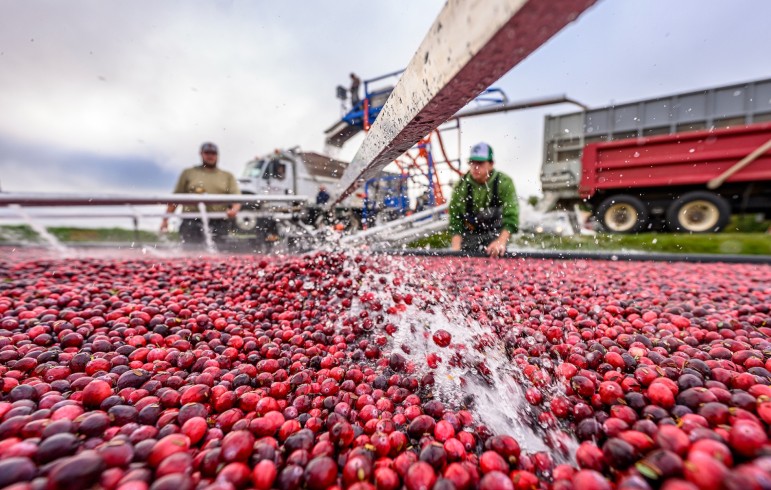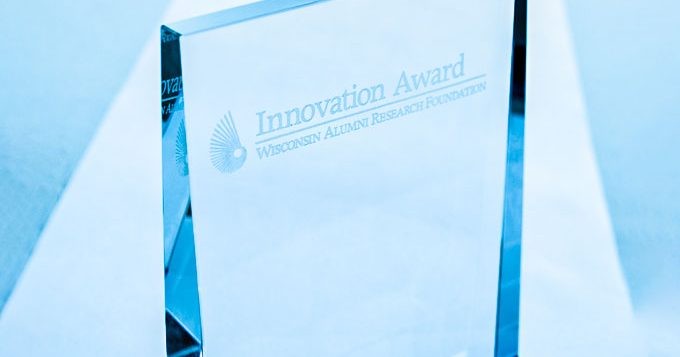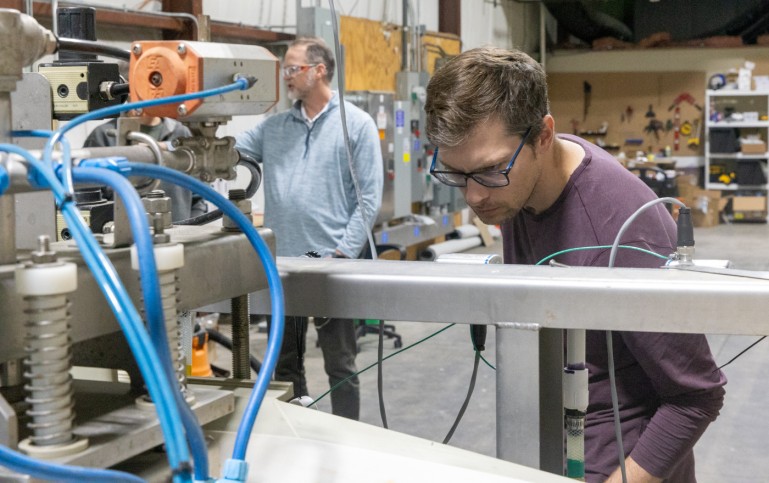This week, Life Sciences Communication professor and chair Dominique Brossard is traveling to San Diego to be honored at the 2017 International Communication Association (ICA) Conference.
UW–Madison's energy experts have a wealth of knowledge to share and a commitment to contributing to discussions on energy. Here, you’ll find a monthly round-up of their media coverage.
Technologies for converting non-edible biomass into chemicals and fuels traditionally made from petroleum exist aplenty.
Ophelia Venturelli, assistant professor of biochemistry at the University of Wisconsin–Madison, is one of two researchers in the University of Wisconsin System to earn seed funding from the Greater Milwaukee Foundation’s Shaw Scientist Program to pursue innovative approaches to advancing human he
Silatronix, a UW–Madison spinoff that makes improved electrolytes for lithium-ion batteries, is among 102 companies highlighted in a new report from The Science Coalition.
Humans have appreciated silver’s antimicrobial activity for millennia. Hippocrates used the precious metal for wound dressings while the pioneers of the American frontier placed coins in their water to guard against bacteria and algae.
The University of Pennsylvania Think Tanks and Civil Societies Program (TTCSP) has selected a report co-authored by Engineering Physics Professor



